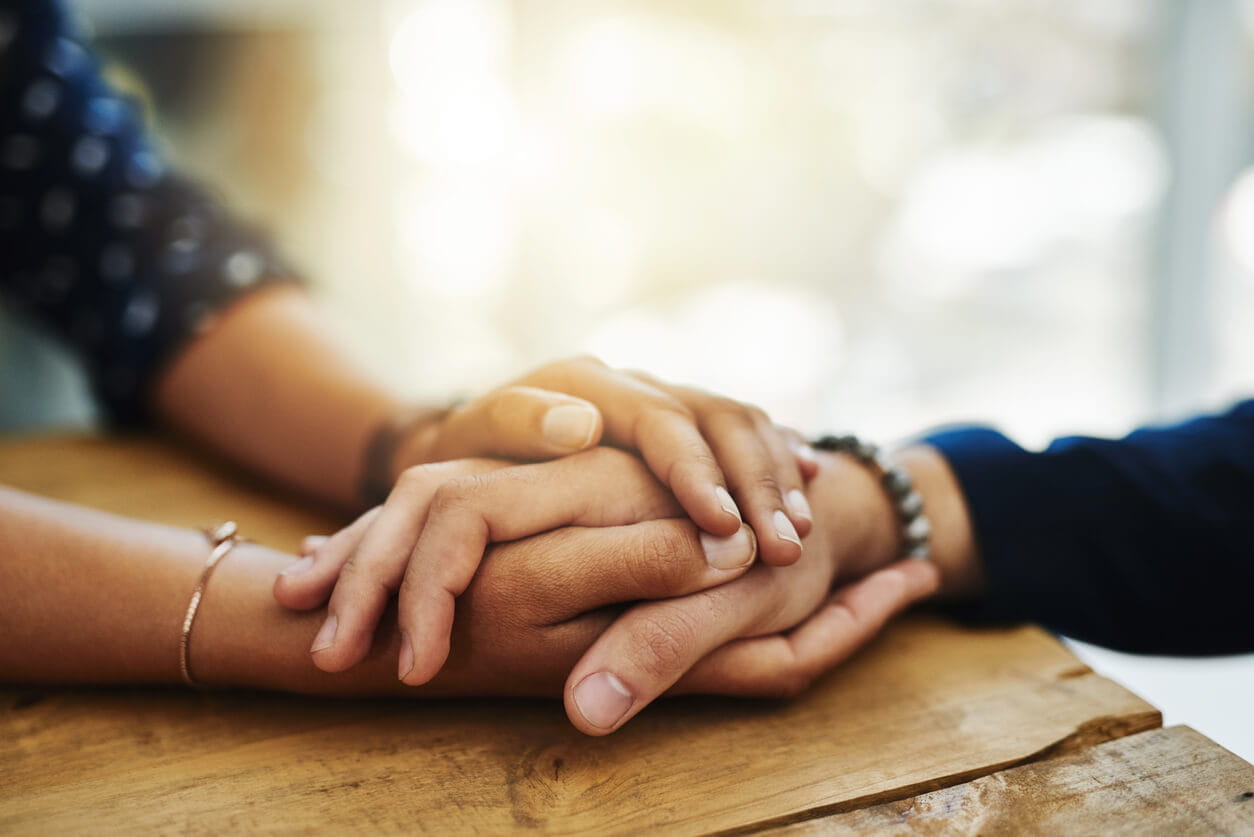Defining Depression

Is Depression a Mood Disorder?
A person who is always or often sad and has little interest in relationships, hobbies and other things they once enjoyed is frequently described as being depressed or having depression. However, there are different forms of depression, including major depressive disorder, situational depressive disorder, and persistent depressive disorder.
Different Forms of Depression
Major Depressive Disorder
Major depressive disorder (also known as clinical depression) causes a depressed mood and loss of interest in or pleasure from almost all activities. These feelings persist for at least two weeks and are a change from previous functioning and may be diagnosed as mild, moderate or severe. It will have a negative impact on the person’s life at home and school or work, making it difficult for them to maintain their daily routine. In some cases, psychotic symptoms such as hallucinations or delusions may be present.
Situational Depressive Disorder
Situational depressive disorder (also called reactive depression) is a temporary, stress-related form of depression. It tends to develop after a person has experienced a traumatic event or series of events. Common triggers include relationship issues, the death of a loved one, relocating and problems at work or school.
Persistent Depressive Disorder
Persistent depressive disorder (also known as dysthymia) is an ongoing, chronic form of depression. Similar to other types of depression, this condition causes people to feel sadness and lack of interest in pleasurable activities. These feelings go on for years and can cause problems in relationships and in managing daily activities.
Bipolar Disorder
Although it is not technically a form of depression, bipolar disorder does involve depressive episodes that alternate with the person’s manic or high-energy phases. This can cause a person to believe they have depression and make a diagnosis of bipolar disorder more difficult.
Symptoms of Depression
While there are notable differences among the types of depression, there are many symptoms they have in common, including:
- Loss of interest in daily activities
- Sadness
- Low energy
- Hopelessness
- Irritability
- Difficulty concentrating or making decisions
- Low self-esteem
- Avoidance of social activities
- Sleep problems
- Decreased activity and productivity
- Feelings of guilt
- Worries about past events
- Changes in appetite (eating too much or too little)
Treating Depression
Depressive disorders can be treated. The sooner treatment begins, the more effective it tends to be. A combination of medication and psychotherapy (or talk therapy) provided by a behavioral health professional is the most common treatment approach.
In cases where a person does not respond to those treatments, electroconvulsive therapy (ECT) may be used. This technique involves directing electrical currents through the brain to improve the function and effects of neurotransmitters.
Depression cannot be prevented. However, there are ways you can minimize your risk of developing the condition:
- Get help for other behavioral issues such as low self-esteem or pessimistic tendencies.
- Do not abuse drugs or alcohol, as they can alter your mood and trigger depressive symptoms.
- Find ways to minimize your stress.
- Exercise regularly.
- Be aware of the potential for a new medication you are taking to cause depressive symptoms.
Understanding what depression is and being willing to seek help are the keys to beating this painful mental illness. We’re here with the care you need.



